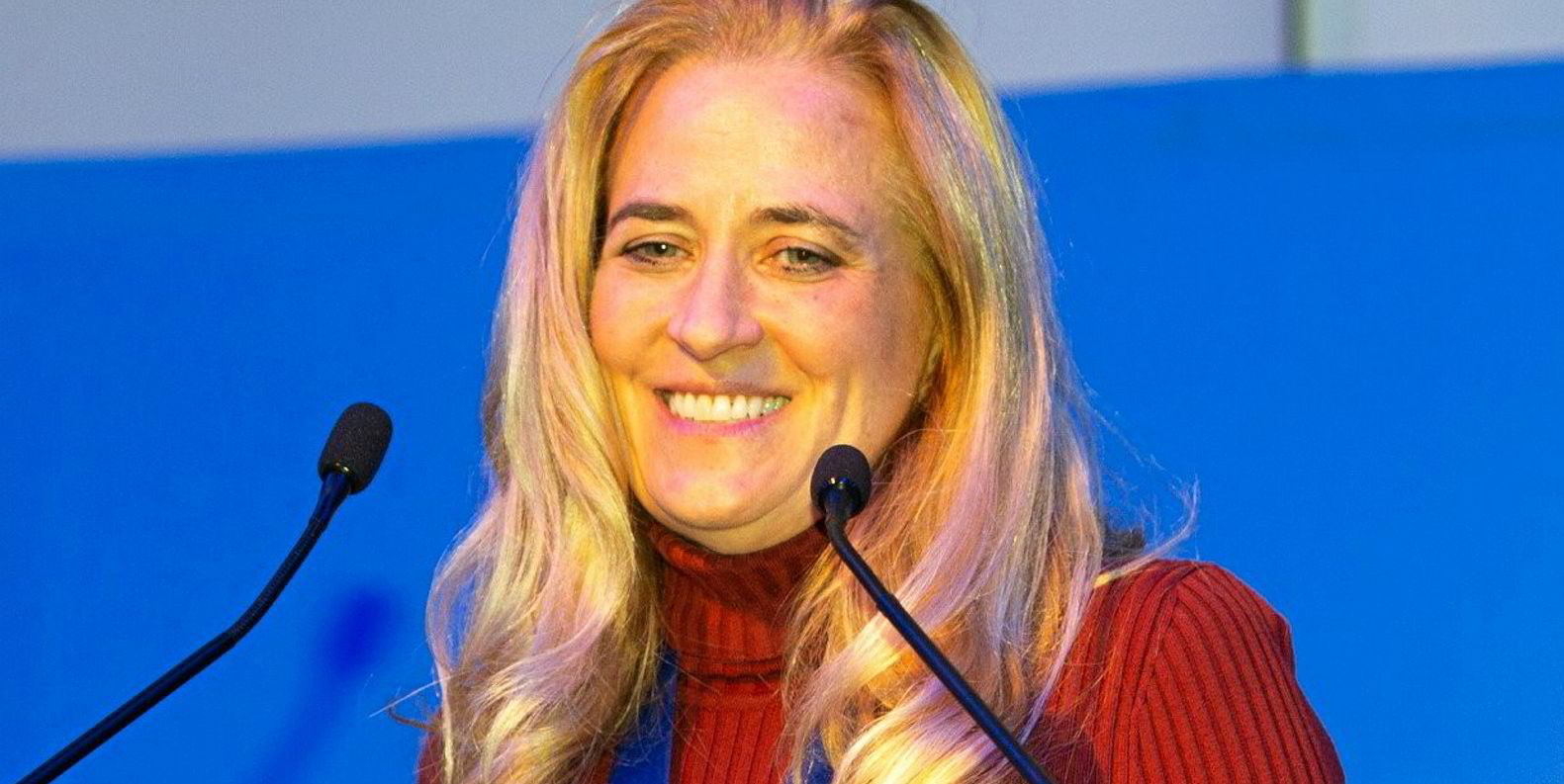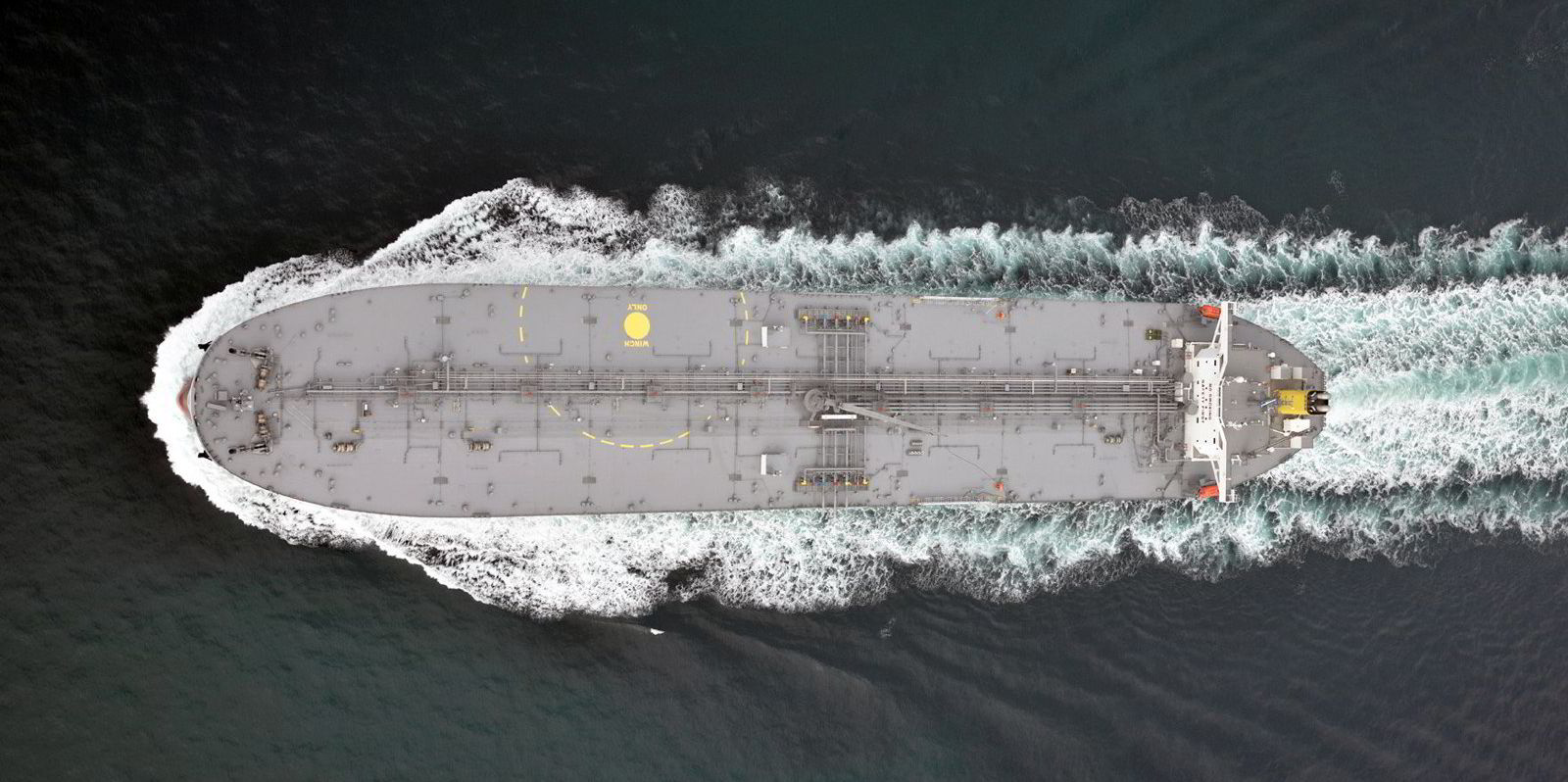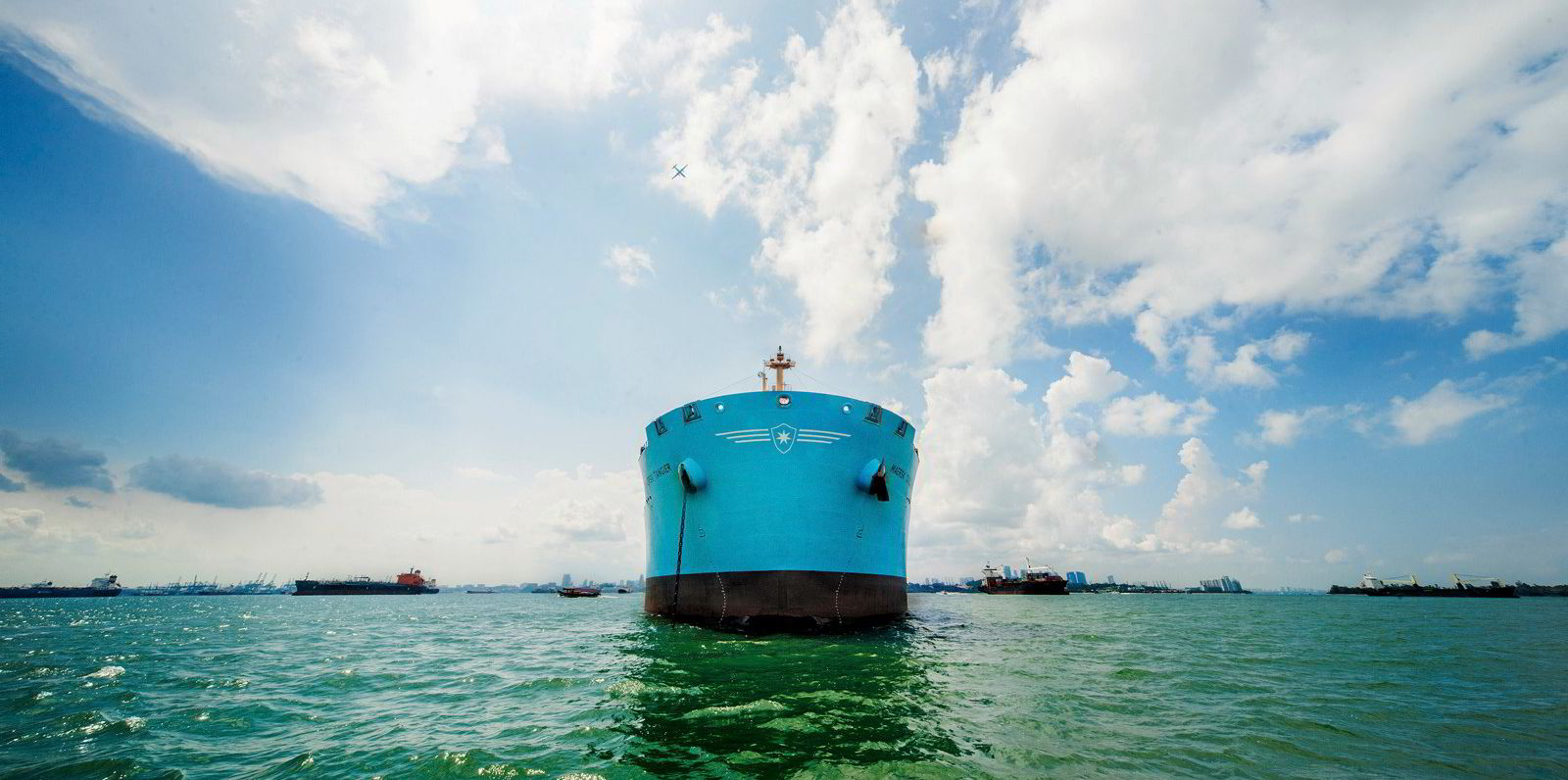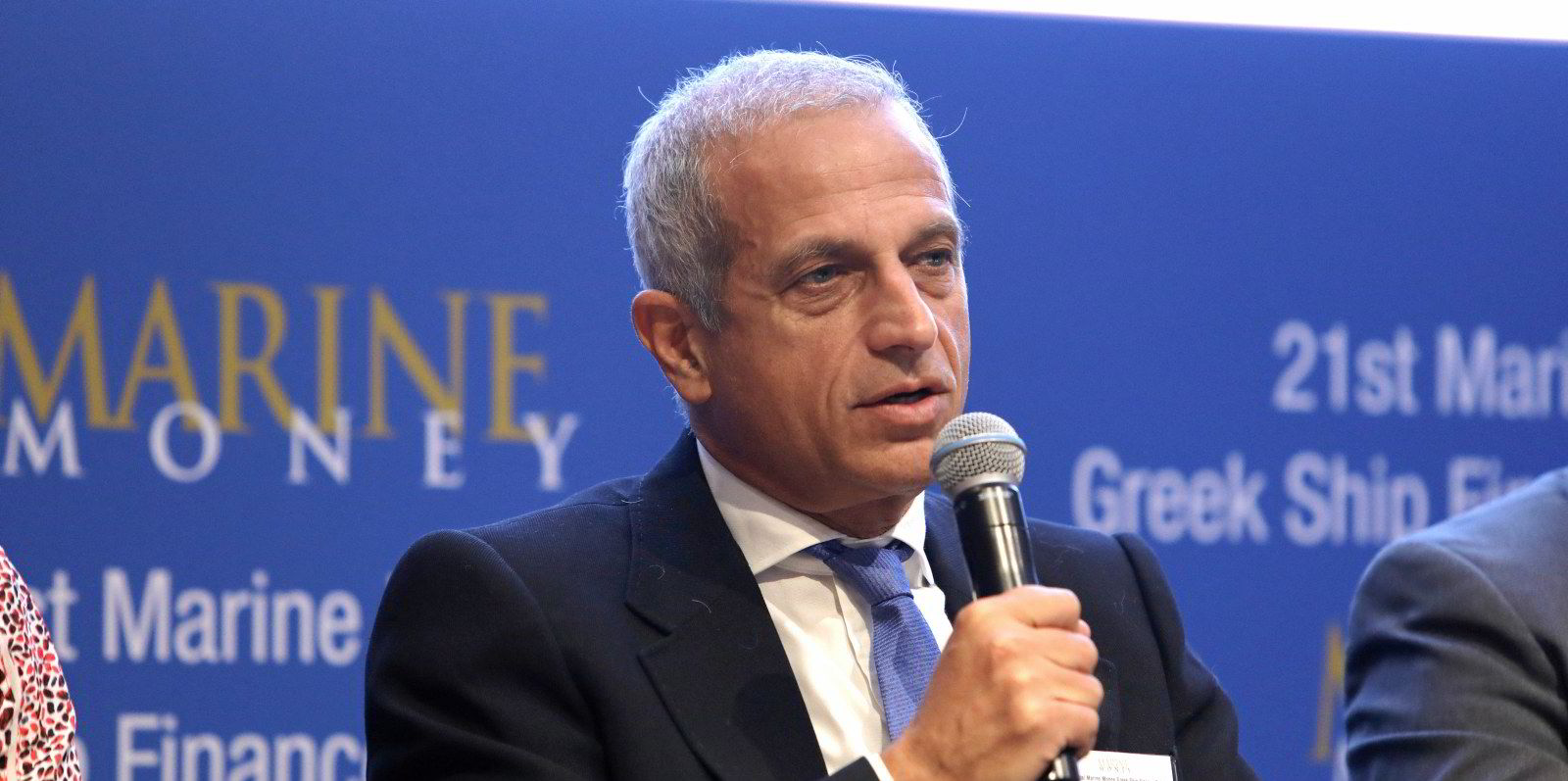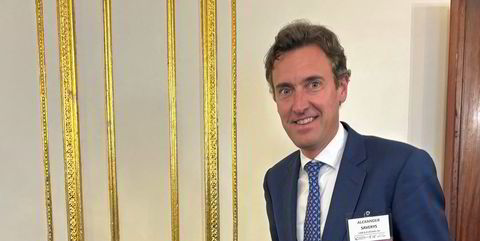New York-listed International Seaways is selling off the six VLCCs it picked up from Belgian owner Euronav in a landmark 2018 deal in what is likely to be viewed as a move to generate liquidity in the current depressed tanker market, tanker market sources said on Monday.
Lois Zabrocky-led International Seaways has sold the sextet to financier Ocean Yield of Norway in a $380m deal, but will retain operational control of the Chinese-built units through 10-year bareboat charters, the sources told TradeWinds.
International Seaways has purchase obligations as the charters expire.
Ocean Yield announced an agreement to buy vessels with an average age of five years for $380m earlier this month.
The Oslo company did not identify the vessels or the seller. Ocean Yield said it had signed a term sheet and “conclusion of the investment remains subject to agreement on full documentation”.
However, word has circulated through the tanker market that the purchases are the International Seaways VLCCs. And online platform VesselsValue lists all six tankers as “sales to be delivered” to Ocean Yield.
International Seaways management declined comment on the reports on Monday.
However, the market is likely to be interested in the International Seaways end of the transaction as it piles cash on the balance sheet months after it completed a $2.2bn all-shares acquisition of fellow US owner Diamond S Shipping.
The deal comes as an anticipated recovery in the tanker market keeps creeping further away from a hoped-for inflection point in the year’s second half.

“They must be very bearish to sell a fleet of modern vessels,” said one tanker market source.
“Typically they would sell older near-end-of-life vessels on sale-leasebacks to have optionality on older vessels. But to do it on modern tonnage, to put all that cash on the balance sheet is indicative that they don’t expect it from earnings.”
However, another tanker market source suggested liquidity is not the only reason to carry out a sale-leaseback transaction in today’s market given the availability of attractive financing terms to certain clients. It can also be a way for a larger owner to diversify capital sources on its balance sheet, he added.
And Jefferies analyst Omar Nokta, upon reading TradeWinds’ initial report of the transaction, also disagreed with the premise of International Seaways going bearish.
“That seems to miss the mark completely in my opinion,” Nokta said.
“A sale-leaseback inherently keeps them long, so I would disagree with the assessment that they’re bearish. This actually shows they’re bullish and have a purchase obligation at the end of the term — not an option.”
International Seaways in June 2018 closed the en-bloc purchase of the six units from Euronav, which in turn had acquired them from Gener8 Maritime as part of its all-stock takeover of the Peter Georgiopoulos-led owner.
Zabrocky and chief financial officer Jeff Pribor sealed the $434m acquisitions through an innovative financing that featured $123m in cash and $311m in debt, including $30m from private equity investor BlackRock.
It can be expected that the $311m debt pile has been reduced by nearly $100m under typical amortisation payments. Thus the difference between the remaining $220m or so and the $380m to come from Ocean Yield would provide a significant source of flexibility for International Seaways management.
Euronav sought to “derisk” the Gener8 transactions in the face of uncertain tanker market prospects, while International Seaways viewed the deal as a transformational act on the road to fleet expansion and renewal.
But the duration of the tanker market downturn since two record months in the spring of 2020 has been longer than many expected. International Seaways has previously sold 12 tankers for net proceeds of $75m since closing the Diamond S transaction in July.
The tankers sold to OceanYield are the 301,000-dwt Seaways Hendricks, Seaways Liberty, Seaways Diamond Head, Seaways Triton and Seaways Cape Henry (all built 2016), and the 301,000-dwt Seaways Tybee (built 2015).
Online platform VesselsValue says the VLCCs are worth about $387.5m en bloc.
